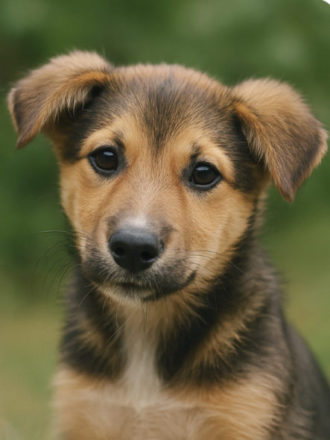Cuban hummingbird bee (Mellisuga helenae) - is the smallest bird on the planet, a real gem of Cuba. It weighs less than a coin and is the size of a large bee. This bright, incredibly fast and graceful bird is one of the symbols of the Caribbean island nature.
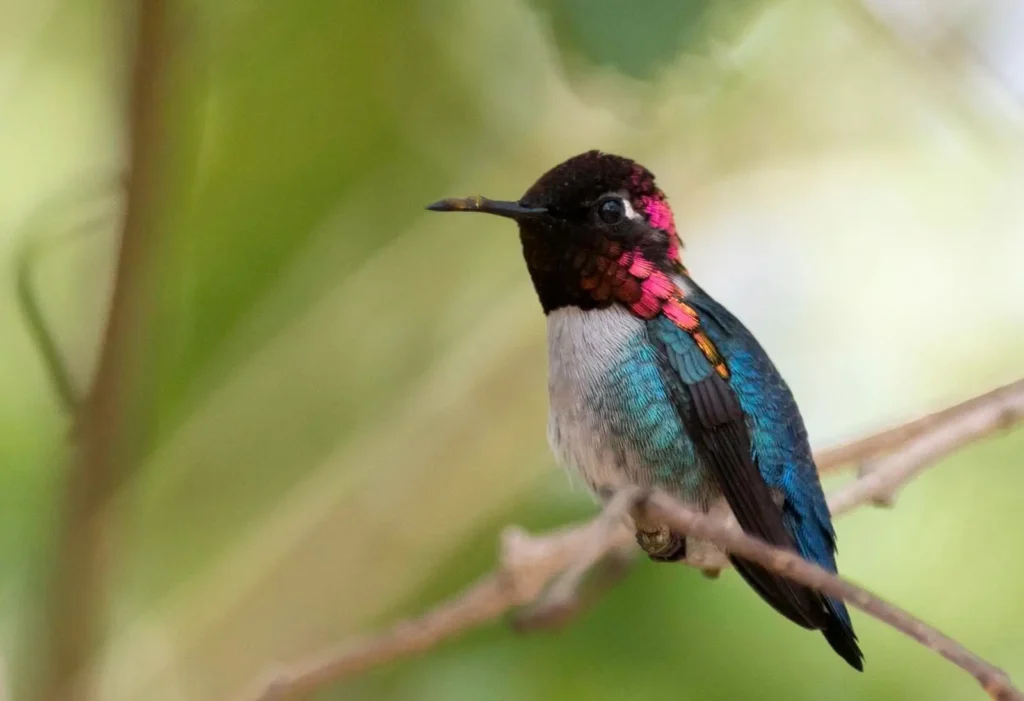
General classification 📘
• The Kingdom: Animals (Animalia)
• Type: Chordal (Chordata)
• Class: Birds (Aves)
• Row: Drimlyugov (Apodiformes)
• Family: Hummingbirds (Trochilidae)
• Gender: Mellisuga
• View: Mellisuga helenae
Appearance 🐦✨
• Body length: males - about 5.5 cm, females - up to 6.1 cm
• Weight: males - 1.6-1.9 g, females - up to 2.6 g
• Color scheme: males - bright blue head and neck with metallic shine, green back, white abdomen; females - less bright
• Beak: long, straight, thin - perfectly adapted for collecting nectar
• Wings: narrow, fast - up to 80 strokes per second!
• Tail: in males - pointed, with two elongated feathers
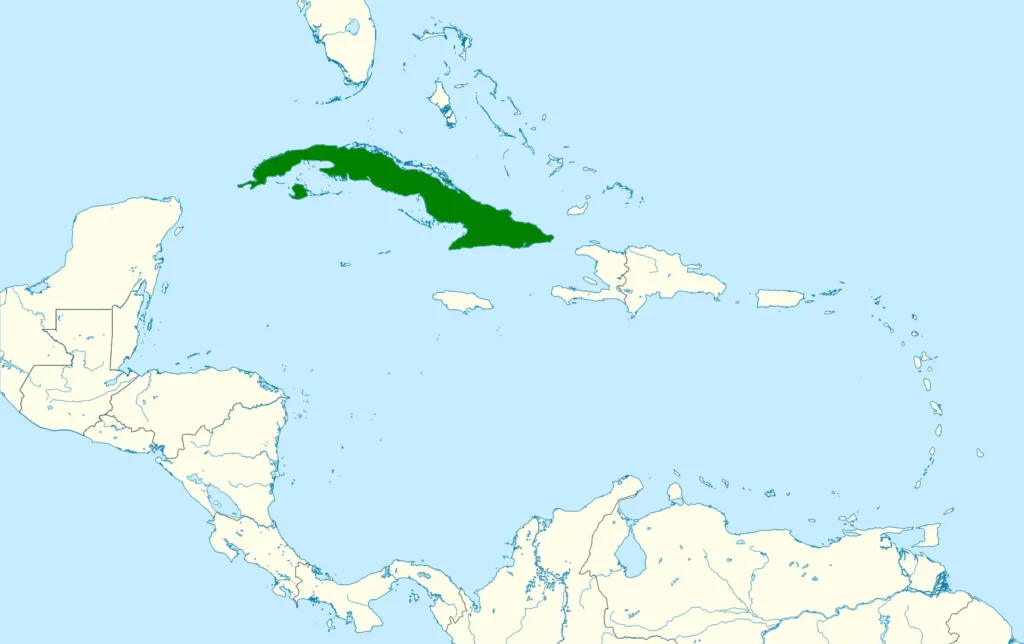
Range and habitat 🌴
• Distribution: exclusively in Cuba, especially in the west of the island and Isla de la Juventud
• Wednesday: tropical forests, shrubs, plantations, gardens
• Choosing the environment: likes places with lots of flowers and nectar
Behavior 🧠
• Lifestyle: daytime, very active
• Flight: fast, maneuverable, with the ability to hover in the air
• Communication: makes squeaking sounds, also uses wing movements
• Temperature control: at night, it goes into a state of torpor (lowering body temperature for energy saving)
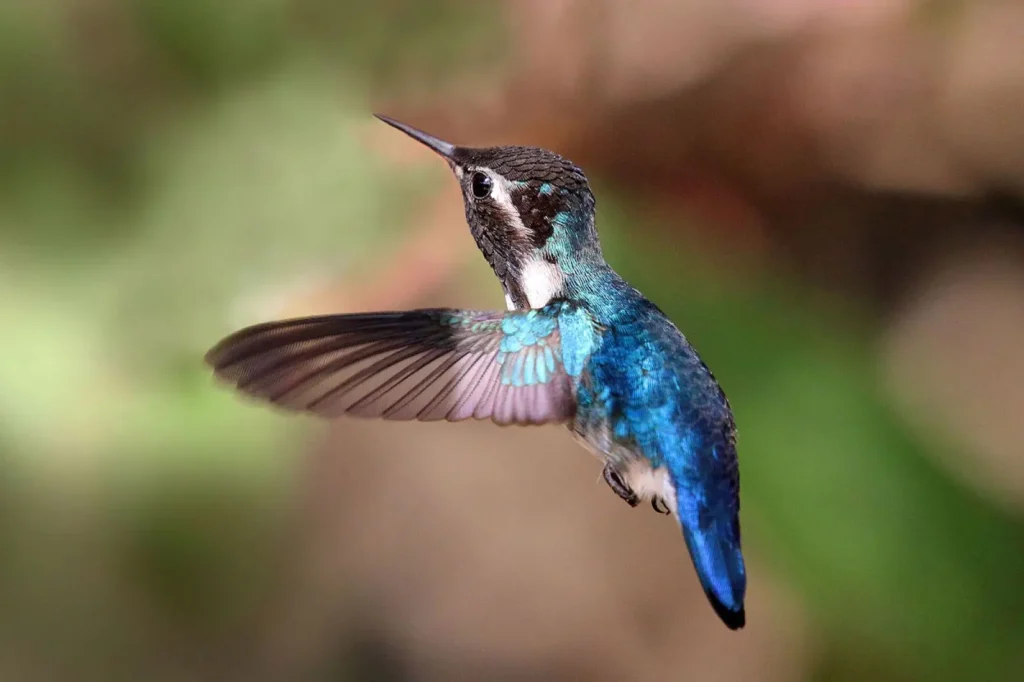
Nutrition 🌸🍯
• Type: nectarivorous, sometimes insectivorous
• Basic diet: flower nectar, small insects, spiders
• Metabolic rate: the highest among birds - the heart beats up to 1200 times per minute
• Number of meals: up to 1,500 flowers per day!
• Role in nature: important pollinator of tropical plants
Reproduction 🐣
• Mating season: from March to June
• Nesting: male performs a mating "dance" in the air
• Nest: tiny (2.5 cm in diameter), made of cobwebs, lichens and moss
• Masonry: 2 pea-sized eggs
• Incubation: lasts 14-23 days
• Feeding chicks: exclusively female, up to 3 weeks after hatching
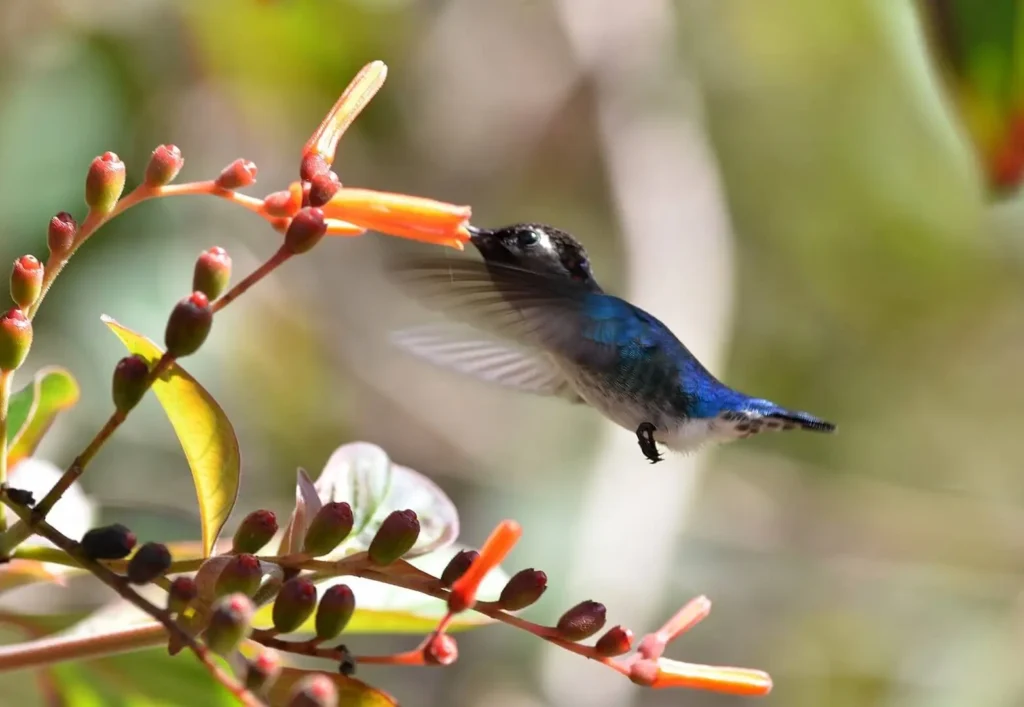
Life expectancy ⏳
• In the wild: 5-7 years old
• In captivity: rarely lives longer due to extremely sensitive physiology
• Main threats: predators (lizards, snakes), habitat loss, climate change
Security status 🛡️
• IUCN Red List: Least Concern
• Security measures: nature reserves, prohibition of destruction of natural habitats
• Population: stable but vulnerable to environmental changes
Interesting facts 🤓
- ✅ It is the smallest bird in the world - even smaller than some butterflies!
- ✅ He cannot walk - his legs are too weak to walk
- ✅ The weight of a hummingbird bee is less than a sugar cube
- ✅ One flight lasts on average only a few seconds - then you need to rest
- ✅ Can fly backwards - one of the few birds with this ability
- ✅ His heart is 2.5% by body weight - extraordinary performance
Conclusion ✅
Cuban hummingbird bee - This is an example of how incredible beauty and grace can be contained in a body the size of a large bumblebee 🐝✨ Its vigor, speed and role in pollination make it indispensable in Cuba's nature. This bird is a small symbol of a large ecosystem that we must protect 🐦🌺🌴
